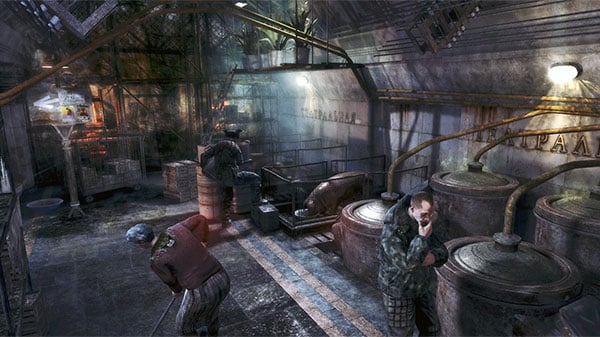AMD Radeon R7 265 Mainstream GPU Review
Metro Last Light is your typical post-apocalyptic first person shooter game with a few rather unconventional twists. Unlike most FPS titles, there is no health meter to measure your level of ailment; rather, you’re left to deal with life, or lack thereof, more akin to the real world with blood spatter on your visor and your heart rate and respiration level as indicators. Metro Last Light boasts some of the best 3D visuals on the PC platform and includes a DX11 rendering mode that makes use of advanced depth of field effects and character model tessellation for increased realism. This title also supports NVIDIA PhysX technology for impressive in-game physics effects. We tested the game at resolutions of 1920x1200 and 2560x1600 with its in-game image quality options set to their High Quality mode, with DOF effects disabled.
|
|
|


The Radeon R7 265 and GeForce GTX 650 Ti Boost finish neck-and-neck in the Metro Last Light benchmark, though the R7 265 did offer an ever-so-slightly-higher average framerate at the higher resolution and slightly higher minimum framerates too.
The cards delivered frames to the screen at a very similar pace as well. There were a couple of notable spikes with the GeForce GTX 650 Ti Boost at about 1/3 and 2/3 the way through the test, but they weren't very pronounced.









